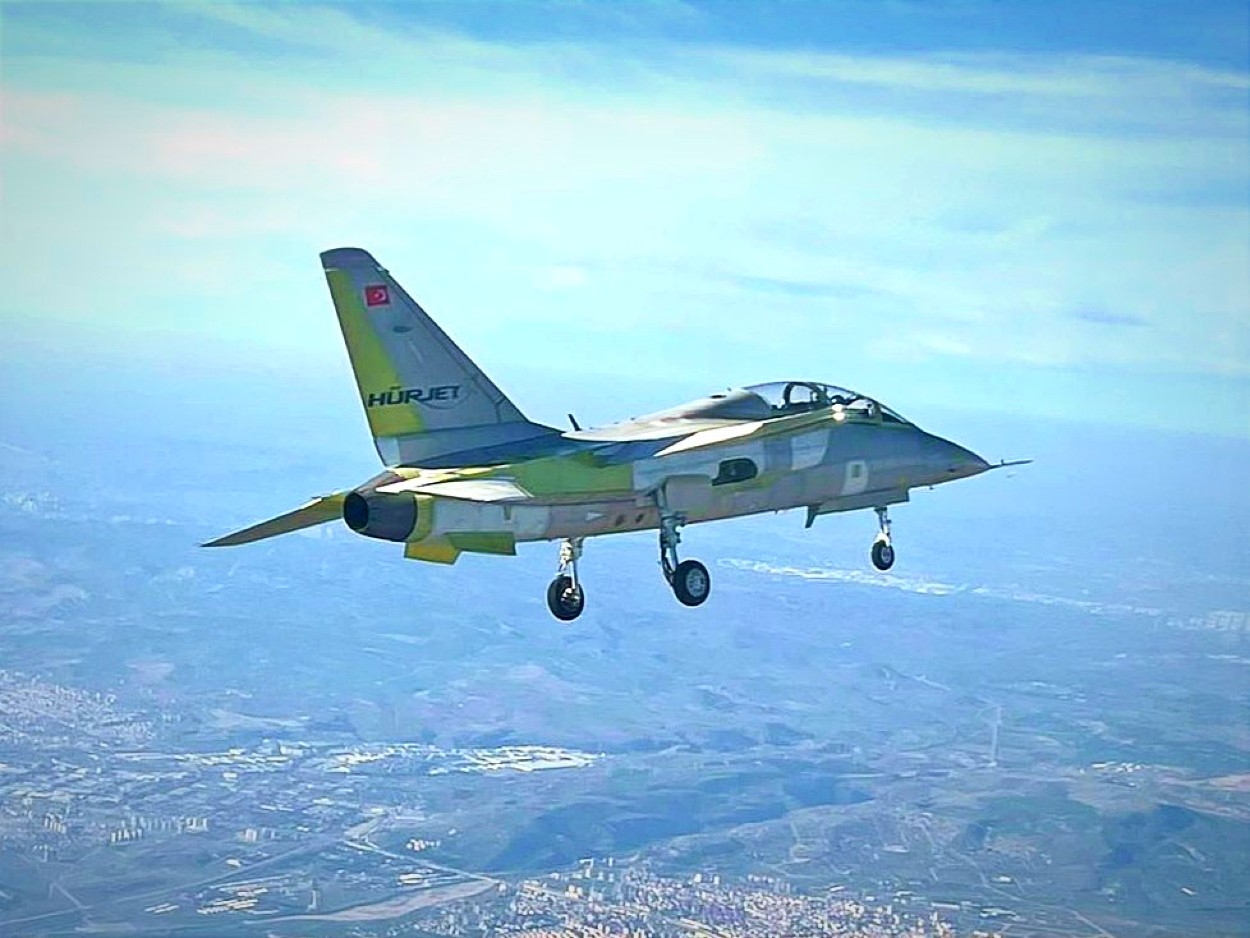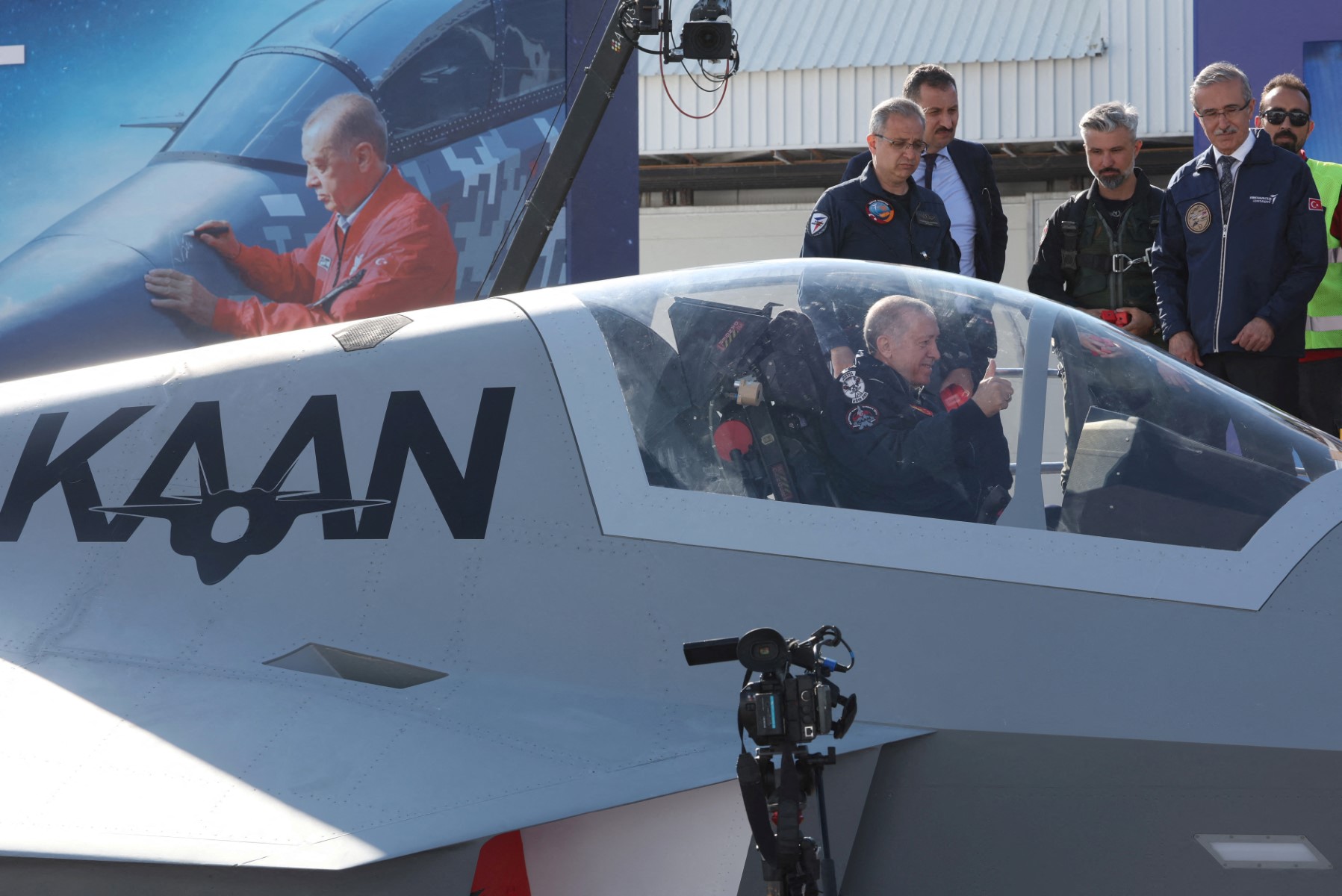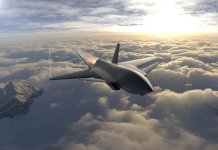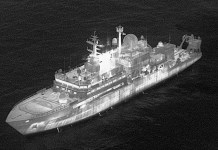After rejecting US F-35 stealth fighters, Spain is reportedly considering acquiring Turkey’s under-development KAAN aircraft.
Spain’s decision had come in the backdrop of multiple countries, including Canada, Portugal, and Switzerland, rethinking their commitments to the F-35 program, over rising costs, software delays, a string of mishaps in recent months, and controversy over the US’s backdoor control over the fighter jet through its source code.
Meanwhile, the tariffs imposed by the US, the U-turns over Ukraine policy, and the U.S.’s strategic withdrawal from Europe under the Trump administration had prompted European countries to reduce their critical dependence on the US for defense platforms and to purchase European alternatives under the “Rearm Europe” program.
The Spanish government had earmarked 6.25 billion euros (approximately US$7.24 billion) in its 2023 budget to purchase new fighter jets.
At that time, it was reported that Spain would choose between the European-made Eurofighter Typhoon and the Future Combat Air System (FCAS), a next-generation fighter jet jointly developed by France, Germany, and Spain.
“The Spanish option consists of the current Eurofighter and the FCAS in the future,” the Spanish Defence Ministry has said.
The Faltering FCAS May “Collapse Entirely”?
However, the FCAS program is suffering from repeated delays and industrial rivalry between France’s Dassault Aviation and European Airbus over control of the fighter jet.
The Future Combat Air System (FCAS)—comprising a “sixth-generation” fighter jet, a swarm of autonomous drones, and a communications “combat cloud”—has repeatedly stumbled since its conception in 2017.
The FCAS aimed for initial demonstrator flights by 2027-2029, manned-unmanned teaming (MUMT) by the early 2030s, and full-scale production to begin around 2035-2037.
By 2040, the next-generation fighter jet was to have full operational deployment.
However, due to the repeated delays and industrial bickering, these timelines now appear increasingly unrealistic.
Meanwhile, there is a real danger that the whole FCAS program could collapse due to internal contradictions.
On October 2, the Economist reported that industrial bickering is putting the Future Combat Air System at risk and that Europe’s most ambitious weapons program may collapse entirely.
According to the UK-based Financial Times, Germany was considering replacing France with the UK or Sweden due to conflicts with the French company, Dassault Aviation.
Meanwhile, Dassault’s CEO, Éric Trappier, hit back by claiming the combat aircraft maker could go it alone, as it had all the necessary expertise.
Amid this uncertainty and delays, Spain is considering Turkish KAAN as a stopgap solution till FCAS is operational.
Spanish business daily El Economista reported that Madrid is considering the procurement of the TUSAŞ KAAN, Türkiye’s indigenous fifth-generation combat aircraft program, to enter service from the early 2030s.
According to the paper, Spanish officials view such a purchase as a stopgap solution to “buy time” until FCAS or another European next-generation platform is ready.
“For Spain, its purchase would serve as a complementary model to the current Eurofighters available to the Spanish Air Force. It would allow time until the new sixth-generation aircraft, the FCAS, is ready,” El Economista reported.
Spain-Turkey Burgeoning Defense Ties: From Hurjet To KAAN
Notably, if Spain confirms the purchase of the under-development Turkish KAAN fighter jet, this would be the second high-profile aircraft sale from Turkey to Spain in recent times.
In December 2024, Spain and Turkey signed a Memorandum of Understanding (MoU) for Spain to acquire 24 Hürjet advanced jet trainers and light attack aircraft from Turkish Aerospace Industries (TAI), replacing its aging fleet of 19 U.S.-made Northrop F-5M trainers, with retirements planned by 2028.
On September 24, 2025, Spain’s Council of Ministers approved the procurement of up to 45 Hürjet aircraft (initially 30, with an option for 15 more) in a €3.68 billion (US$4.2 billion) deal led by Airbus Defense and Space España.

According to the agreement, the first units are scheduled to be delivered by 2028, with full operational deployment expected by 2031.
The Hürjet, a supersonic (Mach 1.2), single-engine tandem-seat aircraft that first flew in April 2023, is Turkey’s first domestically developed jet trainer/light combat platform.
Notably, Spain was the first international customer of the Hurjet trainer aircraft, boosting Turkey’s aerospace exports and defense industry.
Now, after becoming Hurjet’s first international customer, Spain can also emerge as the second international customer of Turkey’s fifth-generation stealth fighter jet KAAN.
Indonesia: The First International Customer Of KAAN
Earlier this year, in July, Indonesia became the first international customer of Turkey’s KAAN fighter jet after Jakarta signed a contract to acquire 48 KAAN fighter jets.
The Indonesian Ministry of Defense (MoD) announced in a statement on July 28 that a ceremony to sign the contract was held on July 26 at the International Defence Industry Fair (IDEF) 2025 in Istanbul, Turkey.
The delivery of the 48 aircraft will be conducted in phases over a 10-year period.
The ministry did not disclose the financial details. However, a local Indonesian publication, Jakarta Post, reported that the deal could be worth around US$10 billion.
Besides, many other countries have expressed interest in joining the KAAN program; however, no formal deals have been signed.
For instance, Azerbaijan signed a protocol in July 2023 for cooperation on KAAN development and the sharing of production data.
Pakistan is also discussing joint production of the aircraft with Turkey, but no formal deal has been signed yet.
Meanwhile, Saudi Arabia expressed interest in up to 100 jets in January 2025 as part of its air force modernization, but remains in early talks without a contract.
In February 2025, at the IDEX 2025 defense exhibition in Abu Dhabi, Turkish Aerospace Industries (TAI) CEO Mehmet Demiroglu stated that the UAE has also expressed interest in joining the KAAN program.
However, since these countries have not yet signed any formal agreement, Spain could still become only the second international customer of the Turkish KAAN fighter jet.
KAAN Is Progressing
KAAN, manufactured by Turkish Aerospace Industries (TUSAŞ), made its first flight in February 2024. Later, in May 2024, Turkey announced that at least 20 fifth-generation aircraft would be delivered to the Turkish Air Force by 2028.
Despite being designed as an air-superiority fighter, some experts think the KAAN has evolved into a multi-role fighter that is more similar to the F-35. KAAN is expected to offer “superior capabilities” for air-to-air and air-to-ground combat missions.
Temel Kotil, the general manager of Turkish Aerospace Industries, made an audacious claim in May 2024 that “this aircraft is better than the (US’s) F-35.”

“The F-35 carries six tons of ammunition; this one carries 10 tons. It has two engines compared to the F-35’s single engine. Having two engines means more energy and radars illuminating a greater distance,” he added.
Kotil also discussed short-term goals for the future: “We will deliver 20 KAAN aircraft in 2028. We’ll deliver many more between 2030 and 2033, and the Turkish fleet will comprise hundreds of KAAN aircraft.”
The aircraft is meant to feature standard 5th-generation features such as improved aerodynamics and propulsion, super-cruise, sufficient combat radius (undefined), advanced and internal multi-spectral sensors (EW and RF/IR), low observability, sensor fusion and autonomy, improved data-link capabilities for network-enabled warfare, internal bays, and high-precision stand-off weapons.
The aircraft will be equipped with a sophisticated, active electronically scanned array (AESA) radar utilizing gallium nitride (GaN) technology, which was developed by the Turkish company Aselsan. An encrypted data link will connect the aircraft to TAI Anka for manned-unmanned teaming.
The aircraft will use upgraded variants of Aselsan’s radar warning receiver (RWR), missile warning system (MWS), laser warning system (LWS), chaff and flare management, dispensing system, and digital radio frequency memory (DRFM)-based jamming system, which is already deployed with the other air platforms.
Last week, it was reported that the second prototype of the KAAN fighter jet is in production and is expected to have its first flight in early 2026.
Meanwhile, Turkey has also announced that its fifth-generation KAAN fighter jet will not rely on American F110 engines and will eventually be powered by the indigenously developed TF35000 jet engines.
Haluk Görgün, head of the Presidency of Defense Industries (SSB), the country’s top defense procurement agency, said that the indigenous fighter jet program is advancing as planned and will not be dependent on any single foreign engine supplier.
“Kaan’s future is in no way dependent on the engine of a single country,” he told Anadolu Agency (AA). In the same vein, he said work is advancing on the indigenous TF35000, which will power the aircraft in the long run.
However, it is worth noting that the aircraft has not yet entered serial production, and it remains to be seen whether Spain will sign up for an under-development stealth fighter jet program.
- Sumit Ahlawat has over a decade of experience in news media. He has worked with Press Trust of India, Times Now, Zee News, Economic Times, and Microsoft News. He holds a Master’s Degree in International Media and Modern History from the University of Sheffield, UK.
- VIEWS PERSONAL OF THE AUTHOR.
- He can be reached at ahlawat.sumit85 (at) gmail.com




